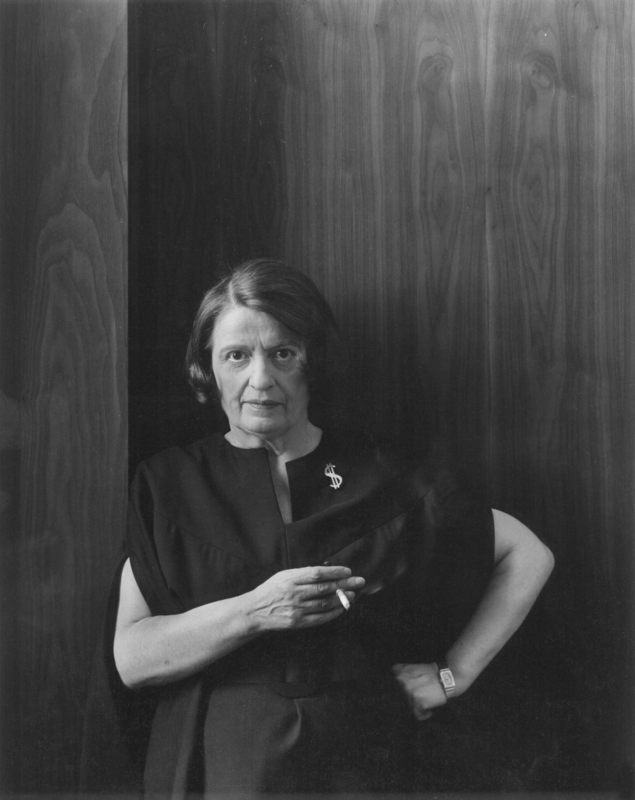
In the 1990s and early 2000s, the Cypherpunks, a group of cryptographers, mathematicians, computer scientists and activists, many of whom had libertarian (or libertarian-esque) influences, worked to bring about a better world by peaceful means through mathematics and computer code. Although the identity of Bitcoin’s founder remains unknown to the general public, it is widely understood that this stateless digital currency is a direct result of their work.
In 1992, Timothy C. May, a self-described crypto-anarchist and a founding member of the Cypherpunks, published an essay called “Libertaria in Cyberspace.” May wrote that “it will be easier to form certain types of libertarian societies in cyberspace than in the real world of nations and physical locations” and that “these ‘crypto anarchy’ ideas will further erode the power of physical states to tax and coerce residents.”
May cited a number of key influences on the Cypherpunks, among them economists FA Hayek and David D. Friedman, as well as moral philosopher Ayn Rand. But crypto-anarchy as a political ideology was a recurring theme, and Ayn Rand was, according to May, “one of the prime motivators” of it. He wrote that “What [Rand] wanted to do with material technology (mirrors over Galt’s Gulch) is _much_ more easily done with mathematical technology.” But the social change they sought to bring about wasn’t just a passive interest. “Cypherpunks write code” wrote Eric Hughes, another member of the group, in his “Cypherpunk’s Manifesto.”
The idea of building a crypto-anarchist Galt’s Gulch in cyberspace was an intriguing idea. In 1998, Cypherpunk and computer engineer Wei Dai authored an essay explaining how a cryptographic money, which he called ‘b-money’, could work. In the very first sentence of the essay he wrote that he was “fascinated by Tim May’s crypto-anarchy” and that in this cryptographic cyber-utopia, government was “permanently forbidden and permanently unnecessary” because “its participants cannot be linked to their true names or physical locations.”
Nick Szabo, another Cypherpunk and computer scientist, described the digital Galt’s Gulch as a place where “you could form your own independent community and declare your independence from corrupt institutions,” a place with its own private money, where private property is protected through non-violent means, and where contracts are enforced.
As the development of a privately-issued digital currency was very much a goal of the Cypherpunks, as they were inspired in no small part by Ayn Rand, and as Rand had much to say about money, it is worth reviewing some of her writings to derive what she might have thought about Bitcoin.
Anarchy
As mentioned, Cypherpunk Timothy May’s vision of Galt’s Gulch in cyberspace was one that he described as “crypto-anarchy.” But Rand dismissed anarchy as a political system altogether, calling it “a naive floating abstraction.”
So while both Rand and some of the more influential Cypherpunks imagined what a freer society might look like – both appreciating free trade and voluntary interaction – they certainly would not have agreed about whether a minimal level of coercion is necessary to fund, say, courts and military. As such, if we view a private, digital currency as an essential part of the crypto-anarchist vision, it is difficult to imagine Rand’s supporting it. But taking a closer look at Rand’s views on property rights and money itself can provide us with a more in-depth perspective.
Property rights
Rand wrote that it is only through property rights that any other right can exist, and that without property rights “there is no way to solve or to avoid a hopeless chaos of clashing views, interests, demands, desires, and whims.”
In Bitcoin, to know something (your private key) is essentially owning it. It is, of course, possible to entrust your private keys with a third party (an exchange, for example), but this is both entirely unnecessary and highly discouraged among bitcoiners, as captured by the “Not your keys, not your bitcoins” ethos. So while it is possible to seize bitcoins by coercing someone to cough up their private keys, the nature of Bitcoin’s functionality forces the coercive party to go to much greater (violent) lengths to expropriate in the first place. As such, Bitcoin radically shifts the balance of power between the individual and the state, as the state cannot go door-to-door violently forcing information from people’s heads without falsifying the public image it promotes for itself as a “benevolent provider of social welfare.”
To take it one step further, Bitcoin’s portability allows wealth to move from one corner of the earth to another in a permissionless way. It also enables property owners to physically cross borders and carry their wealth with them, as bitcoins do not occupy physical space, and the private keys can be stored in their heads.
In sum, Bitcoin serves as a radical form of property rights, and as such, it is difficult to imagine Rand’s not appreciating this aspect of it.
Money
When Rand wrote of money, she usually referred to the value of making it by creating value for others; she distinguished between money made by just means and unearned money through unjust means (e.g. through political connections). She also gave us an indication as to what kind of money she considered to be sound:
Money is the tool of men who have reached a high level of productivity and a long-range control over their lives. Money is not merely a tool of exchange: much more importantly, it is a tool of saving, which permits delayed consumption and buys time for future production. To fulfill this requirement, money has to be some material commodity which is imperishable, rare, homogeneous, easily stored, not subject to wide fluctuations of value, and always in demand among those you trade with (emphasis mine).
From this, we can conclude that she would have appreciated Bitcoin’s scarcity (with a fixed 21-million hard cap), which facilitates its store of value proposition, but would have probably been uneasy about its volatility in purchasing power.
In Atlas Shrugged, the fictional character Francisco d’Anconia gave a passionate speech about money, arguing that “Money is made—before it can be looted or mooched—made by the effort of every honest man, each to the extent of his ability. An honest man is one who knows that he can’t consume more than he has produced.” Here again we reflect on Bitcoin’s real scarcity, with nobody being able to produce bitcoins out of thin air to pay for political favors (a standard practice for fiat).
Gold is a recurring theme in Rand’s work on money. In her book Capitalism: The Unknown Ideal, Alan Greenspan authors an article entitled “Gold and Economic Freedom.” He writes: “Gold and economic freedom are inseparable…” And, “Deficit spending is simply a scheme for the ‘hidden’ confiscation of wealth. Gold stands in the way of this insidious process. It stands as a protector of property rights.”
Conclusion
So, would Rand like Bitcoin? It is difficult to know exactly. She passed away in 1982 – long before most of us had ever heard of the internet. Whatever one’s view on Rand, there is no denying her strong influence on the early Cypherpunks who “wrote code” in a decades-long attempt to realize some cyberspace version of the laissez-faire capitalism that she boldly advocated for in real space.
Rand had some important things to say about money and about the morally justifiable way of earning (making) it in the first place. In fact, her views on money were so firmly held that she proudly wore a dollar sign ($) as a statement. Perhaps if she were alive today and knew the extent to which Bitcoin serves as a technical solution to the political problem of a privileged class of people that live at expense of those who produce, she might have proudly embraced Bitcoin’s ₿ symbol instead. Her ideas inspired the very individuals who set out to make something like Bitcoin a reality in the first place. I like to think that she could be proud of that.
See also: “Hayek and Bitcoin”
























